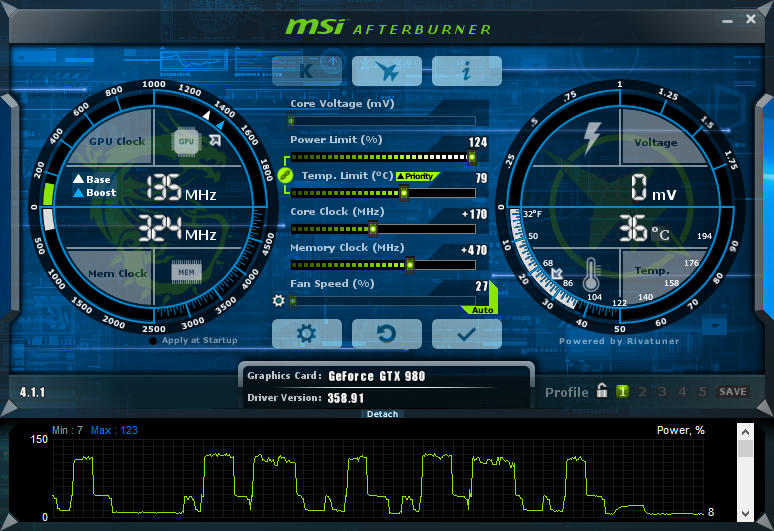
Note also that we do periodically 'refresh' this article, but the original text was from early 2021.

If you want to know how to mine Ethereum, we cover that elsewhere, but the "how" is quite different from the "why." In fact, based on past personal experience that some of us have running consumer graphics cards 24/7, it is absolutely possible to burn out the fans, VRMs, or other elements on your card.

However, you'll want to tune your graphics card with the optimal settings, and the brand and card model can have a big impact on overall performance and efficiency.įirst, let's note that we're not trying to actively encourage anyone to start a mining farm with GPUs. Most of the graphics cards in our GPU benchmarks hierarchy can earn money right now by mining, depending on how much you pay for power. But there's more to it than just firing up the software and letting it run in the background, especially if you've managed to procure one of the best graphics cards or best mining GPUs. If overclocking occurs, then it is also necessary to reduce step by step -30 Mhz down.Ethereum GPU mining remains profitable, at least until it shifts to proof of stake some time this year (we hope). For example: 2600/15 = 173.3333 this is not suitable, so you need to use 174, i.e. The main overclocking rule is that the frequency must be increased by 30 Mhz, and the result obtained must always be divided by 15 and an integer should be obtained. In general, I think that the optimal settings should be within 2600/1200 or 2700/1500 according to these data: I usually follow these settings, and then I adjust to myself. I have another rig with two 3080 Ti (LHR) but it's still busy mining TON. I do not want to experiment on this rig now. I agree that 3400 is quite a lot, but my card is capable of overclocking up to 3700 Mhz.

With ordinary cards, everything is easier. Each time, in order to find the optimal settings, you have to wait until the miner selects the best values and fixes them.


 0 kommentar(er)
0 kommentar(er)
